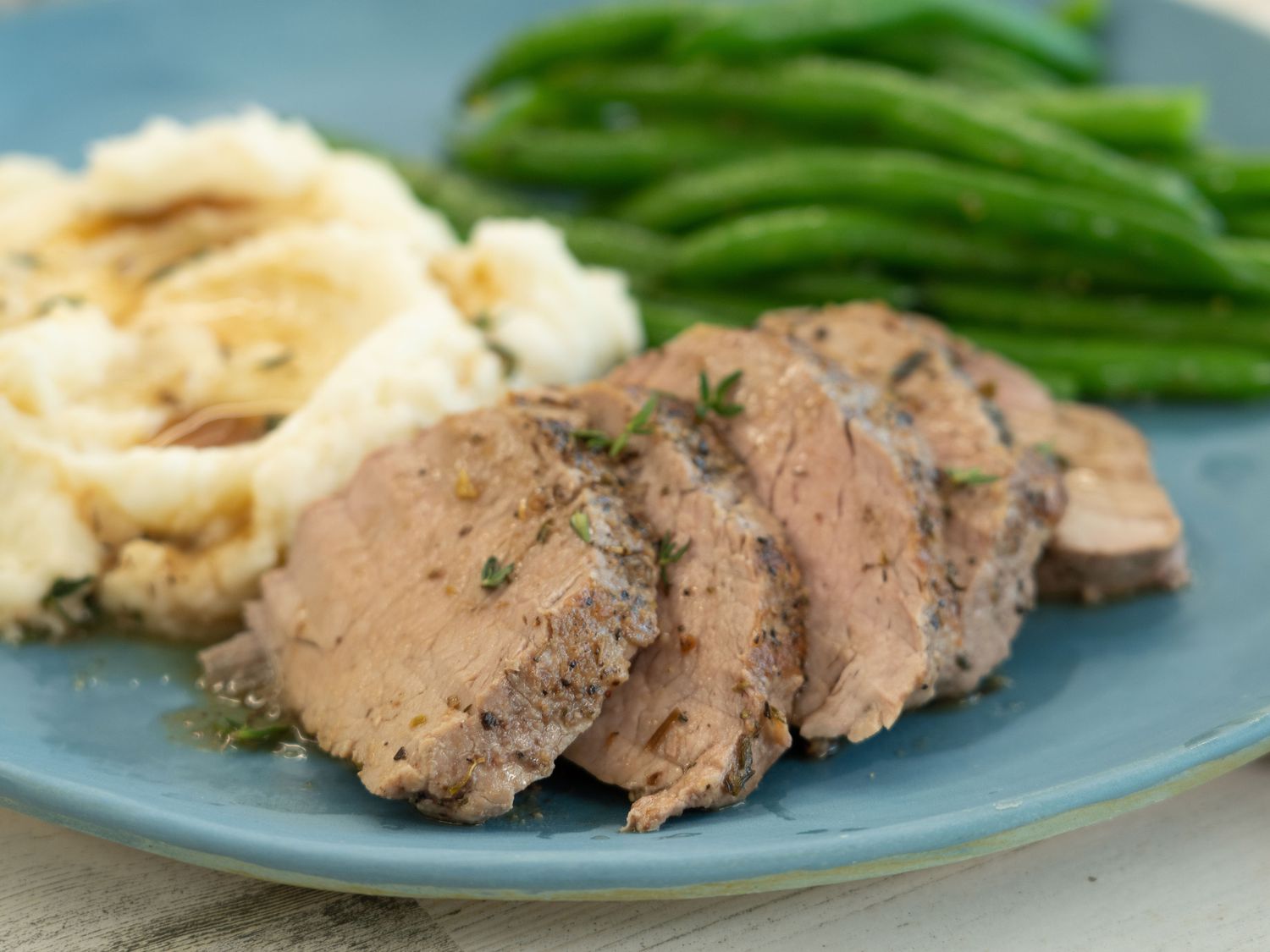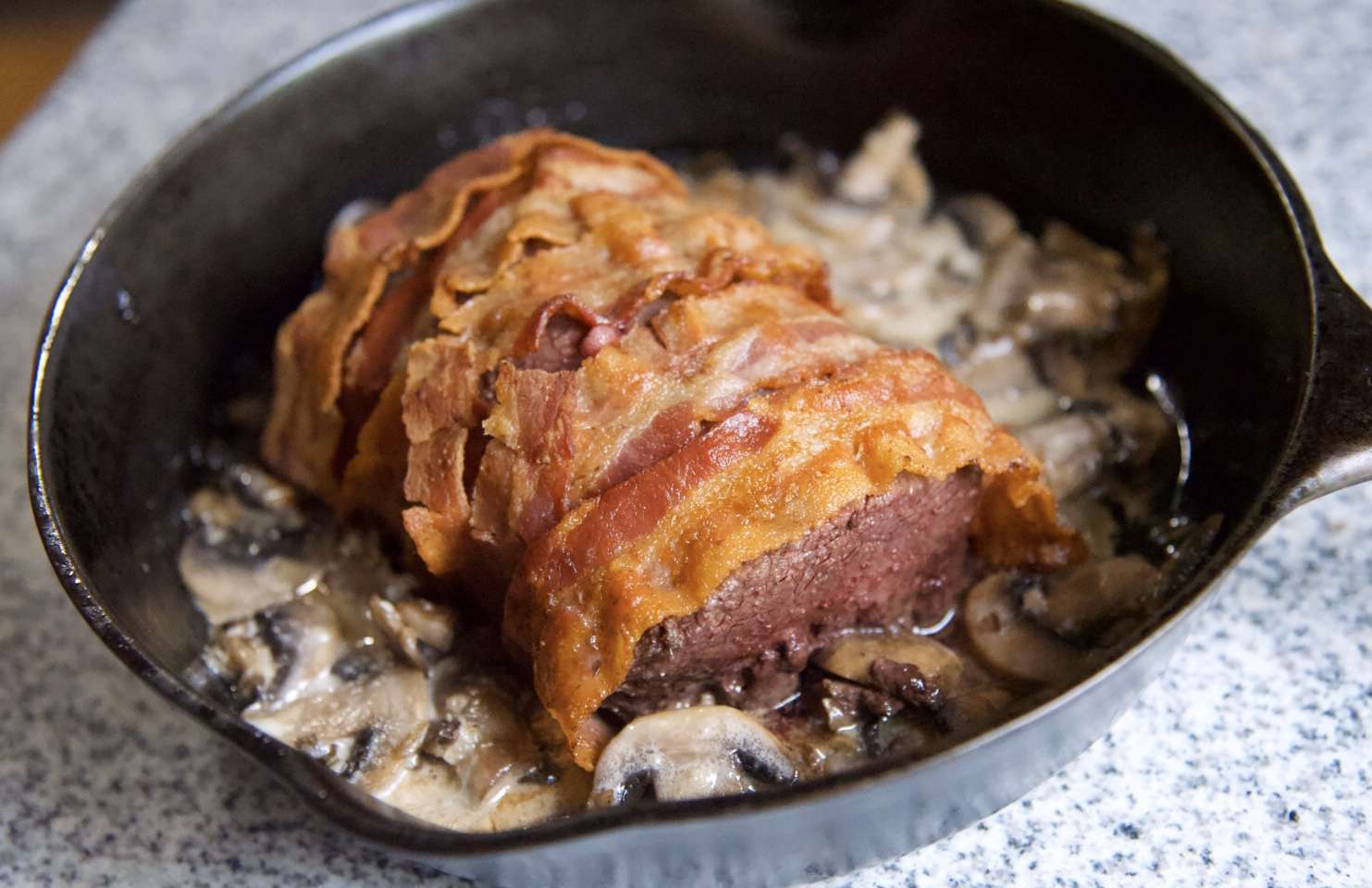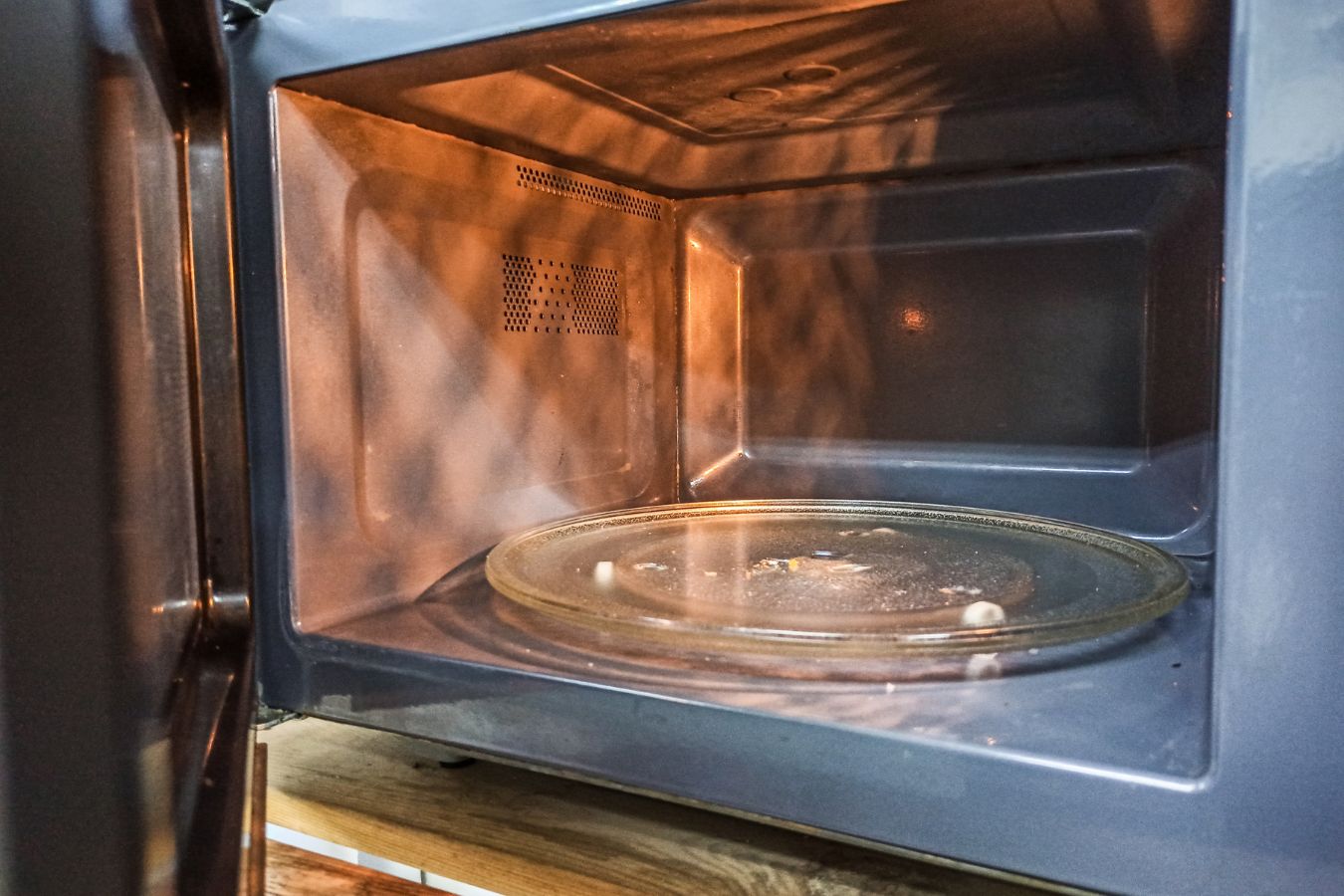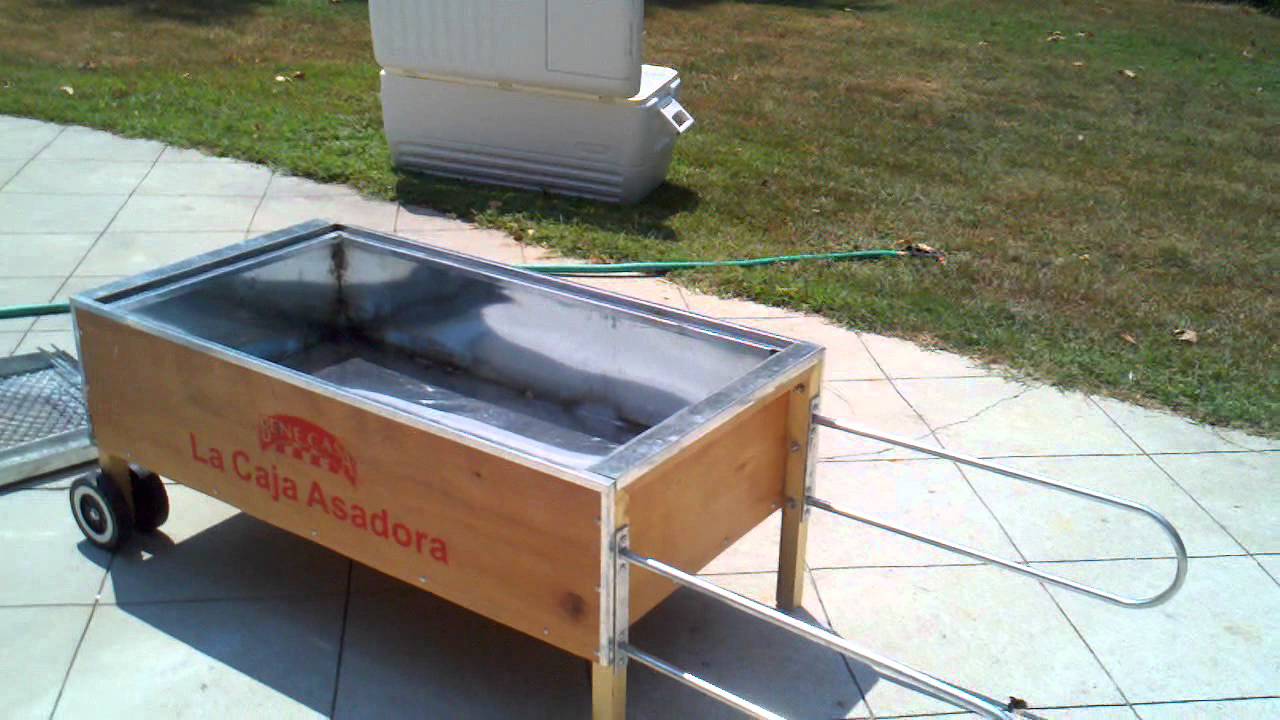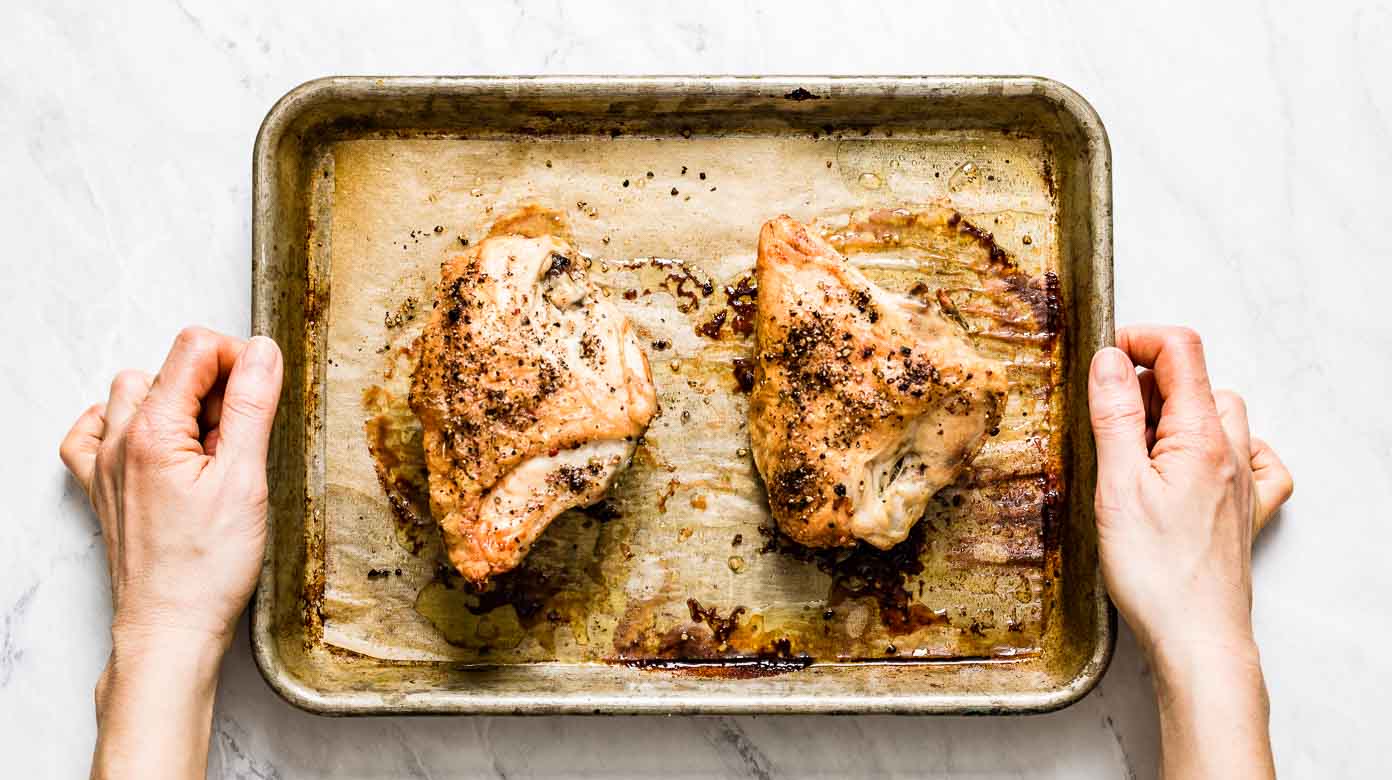Roasting Your Own Espresso Beans: A Guide to Perfecting Your Brew
Are you a coffee enthusiast looking to elevate your espresso game? Roasting your own espresso beans at home can be a rewarding and delicious endeavor. Not only does it allow you to customize the flavor profile to your liking, but it also ensures that you are using the freshest beans possible. In this guide, we’ll walk you through the process of roasting espresso beans at home, from selecting the right beans to achieving the perfect roast.
Choosing the Right Beans
The first step in roasting your own espresso beans is selecting high-quality, green coffee beans. Look for beans that are specifically labeled as suitable for espresso. These beans are often characterized by their rich flavor profile and ideal density, which is essential for producing a flavorful and aromatic espresso.
When sourcing your green coffee beans, consider factors such as origin, processing method, and flavor notes. Experimenting with beans from different regions can lead to unique and exciting flavor profiles in your espresso.
Preparing for Roasting
Before diving into the roasting process, it’s essential to prepare your roasting environment. You’ll need a well-ventilated area, as roasting coffee beans can produce smoke and chaff. Additionally, gather the necessary equipment, such as a coffee roaster, a timer, and a cooling tray.
It’s important to note that the roasting process can be quite aromatic, so be prepared for your space to be filled with the delightful scent of freshly roasted coffee.
The Roasting Process
Now that you have your green coffee beans and roasting equipment ready, it’s time to begin the roasting process. Follow these steps to achieve the perfect roast:
- Preheat your roaster: Start by preheating your coffee roaster to the recommended temperature for espresso beans. This step ensures that the beans roast evenly and consistently.
- Add the green beans: Once the roaster is preheated, add the green coffee beans to the roasting chamber. It’s important not to overcrowd the chamber to allow for even roasting.
- Monitor the roast: Keep a close eye (and nose) on the beans as they roast. You’ll notice the beans go through various color changes and release aromatic oils as they approach the desired roast level.
- Cooling the beans: Once the beans have reached the perfect roast level, transfer them to a cooling tray to halt the roasting process. This step is crucial in preventing the beans from over-roasting.
Perfecting Your Roast
Roasting espresso beans is as much of an art as it is a science. Achieving the perfect roast level is a matter of personal preference, and it may take some experimentation to find your ideal flavor profile. Whether you prefer a light, medium, or dark roast, pay close attention to the color, aroma, and flavor of the beans as they roast.
After the beans have cooled, allow them to degas for a day or two before grinding and brewing. This degassing period allows the beans to reach their optimal flavor profile, resulting in a rich and flavorful espresso.
Enjoying Your Home-Roasted Espresso
Now that you’ve mastered the art of roasting espresso beans, it’s time to savor the fruits of your labor. Grind your freshly roasted beans, pull a shot of espresso, and revel in the complex flavors and aromas that you’ve brought to life through your roasting expertise.
Remember, roasting espresso beans at home is a journey of exploration and discovery. Embrace the process, and don’t be afraid to experiment with different roast levels and bean varieties to find your perfect cup of espresso. With time and practice, you’ll be well on your way to becoming a home coffee roasting aficionado.
So, roll up your sleeves, fire up your roaster, and embark on the delightful adventure of roasting your own espresso beans. Your taste buds will thank you!
Was this page helpful?
Read Next: How To Roast Fava Beans So Soft Crunchy
